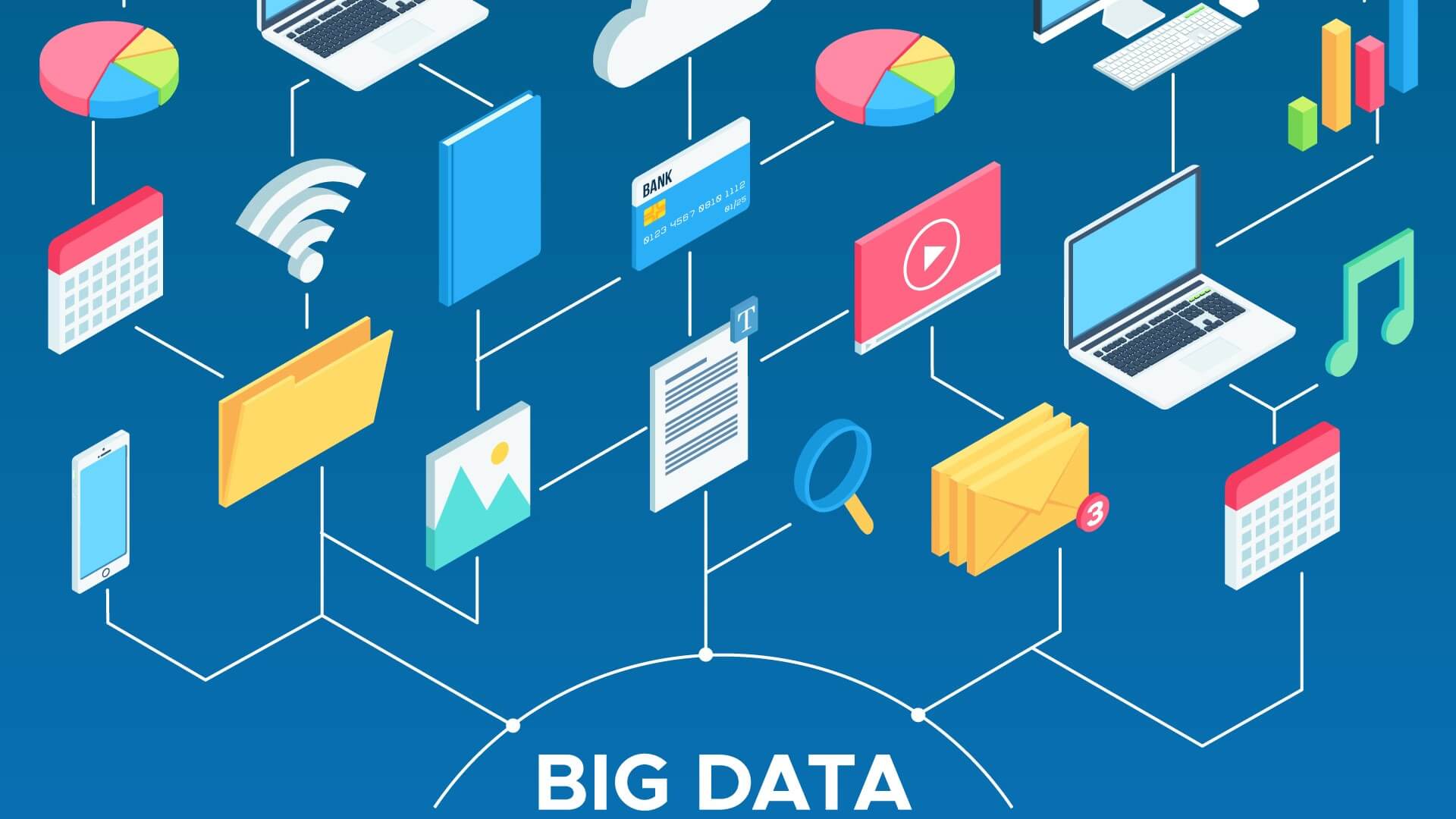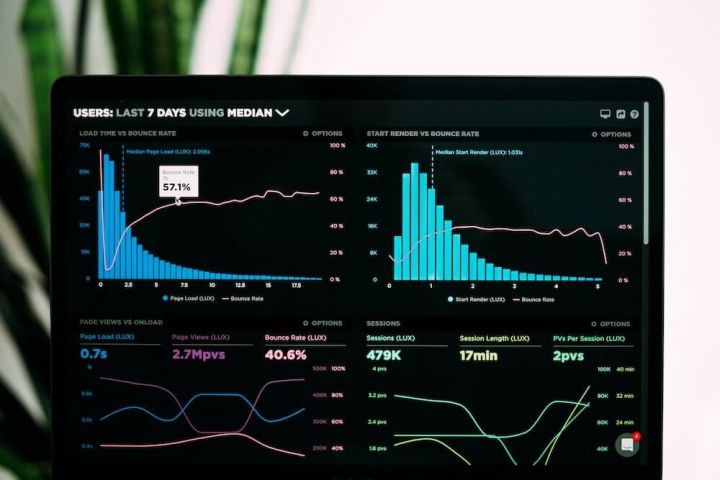
Data analytics has increasingly become a business capability, so in 2022, Gartner put forward the concept of "building a new equation of business value" in response to the trend of data analytics. That is, more departments of enterprises need data analytics to realize more value, bring more business model thinking, and better help enterprises achieve digital transformation.
In line with this philosophy, Gartner's Data and Analytics (D&A) Leaders in the Enterprise 2022 key data and analytics trends this year are divided into the following three themes:
Energizing and diversifying the enterprise
Adaptive AI systems: Gartner's "AI Engineering" initiative, which is expected to enable enterprises to use AI engineering to achieve adaptive AI systems by 2026, could help enterprises operate more AI models more effectively than enterprises without this initiative by 25 percent.
Data-centric AI: Data-centric AI will continue to evolve and it will expand across more and more disciplines, so enterprises will need a more robust data management model to accomplish for AI operations capabilities.

Metadata-driven data weaving: Enterprises that can better leverage data weaving to metadata management data sources can effectively reduce the tedious data management efforts of the past.
Always Data Sharing: More and more enterprises will consider sharing data in a way that can be governed, focus on how to discover more relevant data through automated means, and use open OpenData to explore more of their data possibilities.
People Empowerment and Decision Making
Context-rich analytics: To provide insights that are relevant to decision makers, data and analytics leaders must provide context-rich analytics created using business module components.
Business module assembled data and analytics: Past technologies may have been a form of solidified, monolithic software, but future technologies will use more assembled technologies to complete the building of applications.

Decision-centric data and analytics: Companies need more and more people who can make data analysis-based recommendations and plans for business decisions at a higher level, and Gartner has proposed a decision intelligence model to help companies manage the decision chain from a top-level design perspective.
The lack of personnel skills and literacy: enterprises need to enable users to speak about the business results after using data analytics so that they can influence more people.
Institutionalization of trust
Interconnected governance: Establish a virtual data and analytics governance layer across organizations, business functions, and even geographies to achieve cross-enterprise governance outcomes.
AI risk management: Many enterprises are doing some model governance because of regulatory and compliance drivers, so they are completely reactive when doing AI models; Gartner wants enterprises to focus on trust risk and security management for AI governance.

Vendor and regional ecosystem: When enterprises go to build their own data analytics ecosystem, they have to consider more compatibility between vendors and vendors.
Expansion to the edge: Data and analytics activities are increasingly operating in distributed device servers, gateways outside the data center or public cloud infrastructure.
Now enterprises have very much data, but this data is not activated, and enterprises are often passive in executing data analysis projects and behaviors, and not very proactive in bringing out the potential value of the data. How to let more and more users can make decisions based on data has become a challenge for enterprises at this stage, doing data analysis on the cloud has become a preference, and enterprises also want to use some "self-service" tools for business users to make decisions more quickly.
Gartner's forecast this year also made a bold prediction, more and more data analysis activities will start with digital office software, business needs at the same time will be completed in the digital office software data analysis, and based on data analysis can be completed in the digital office software business some of the actions to complete the data analysis of the closed loop.






